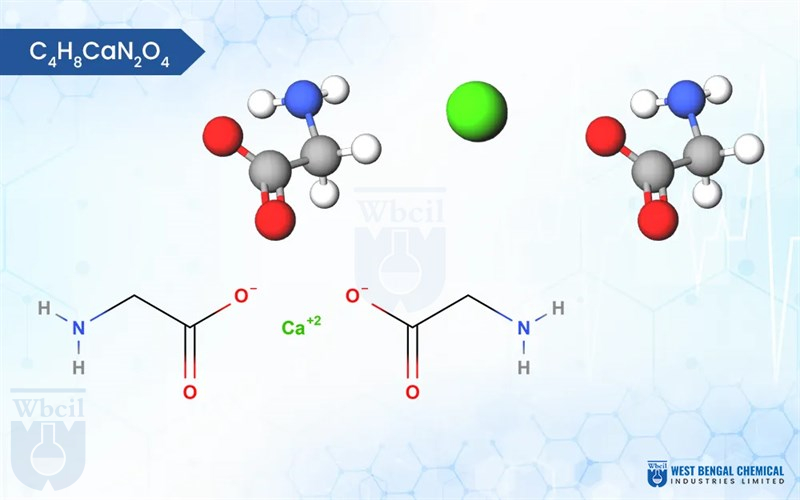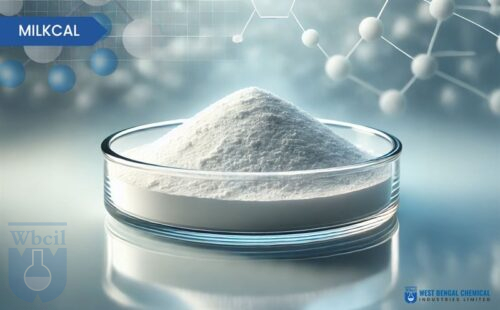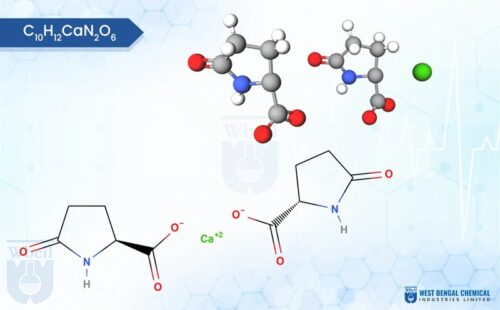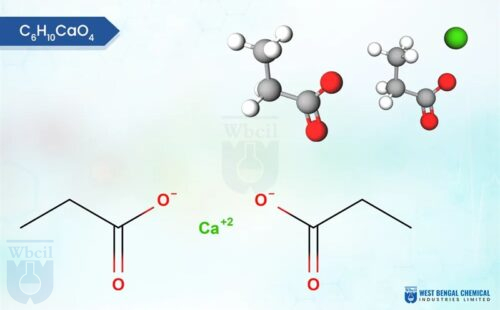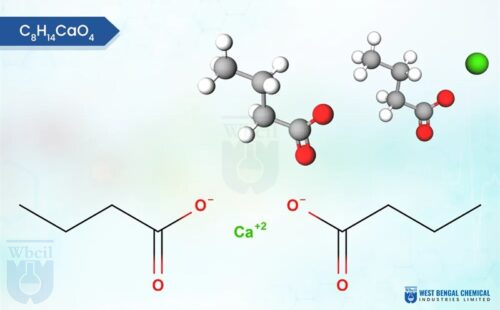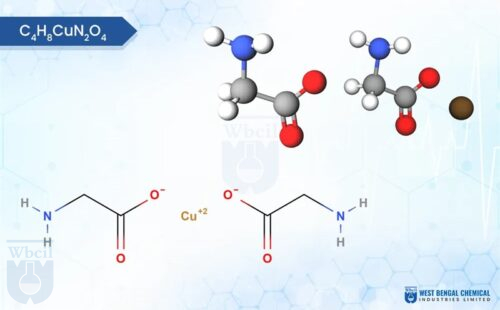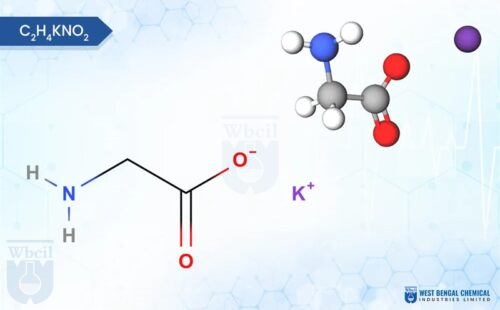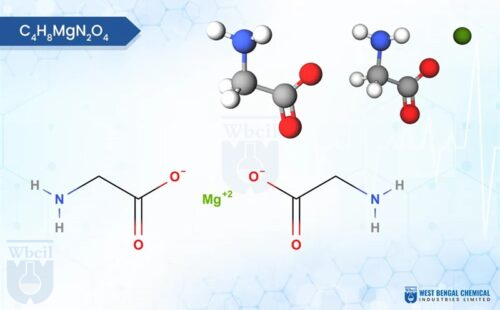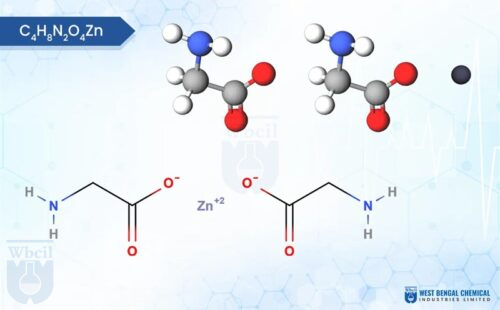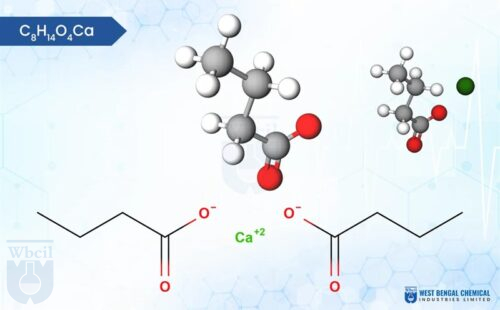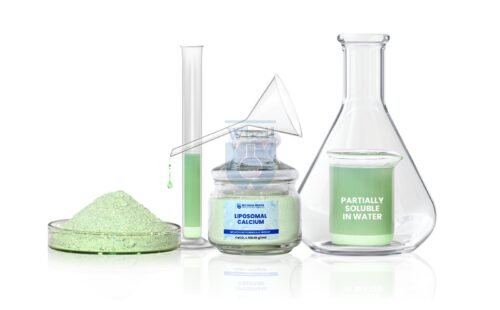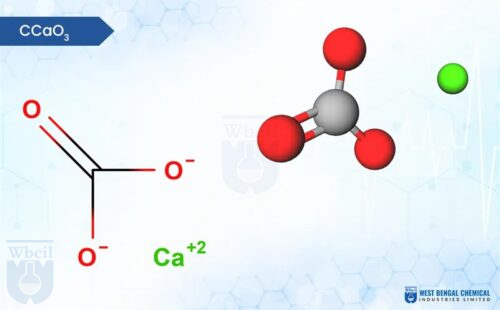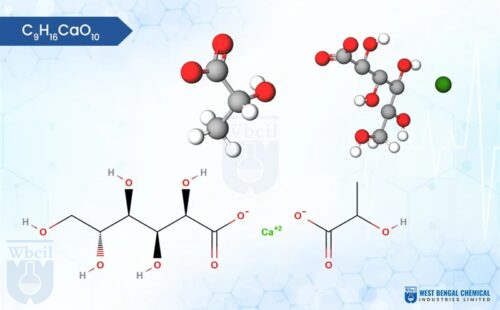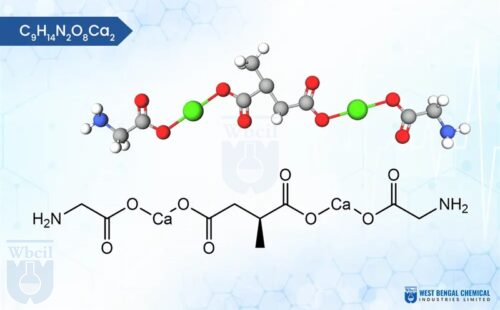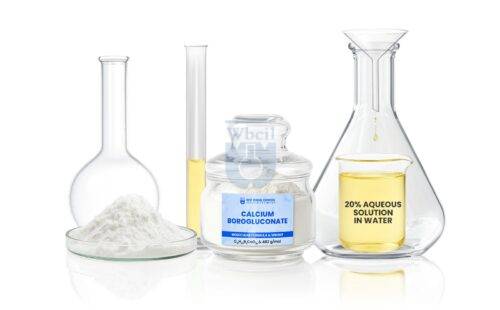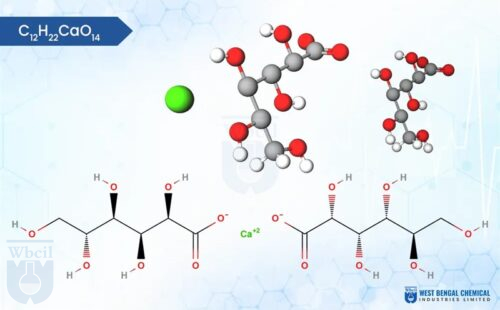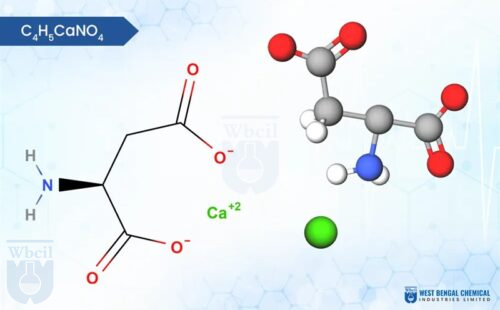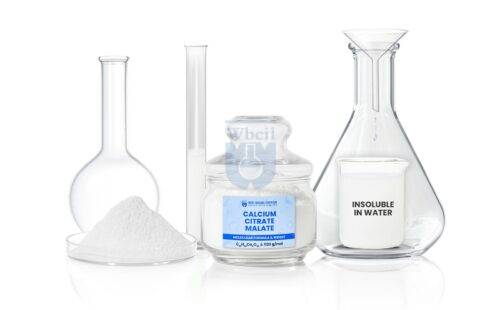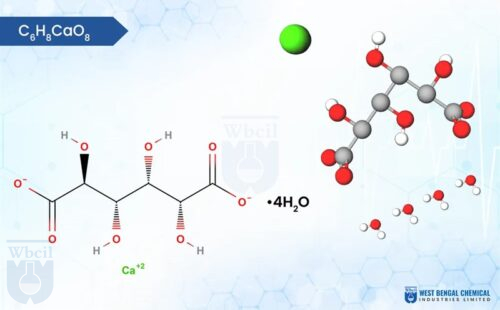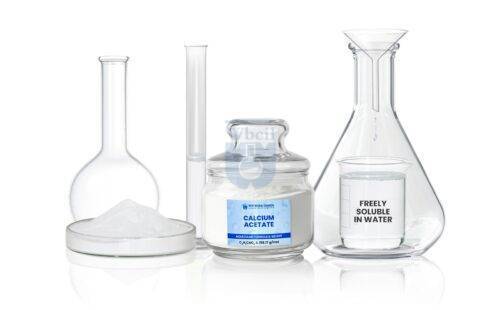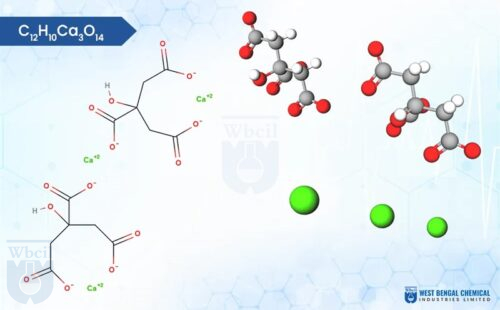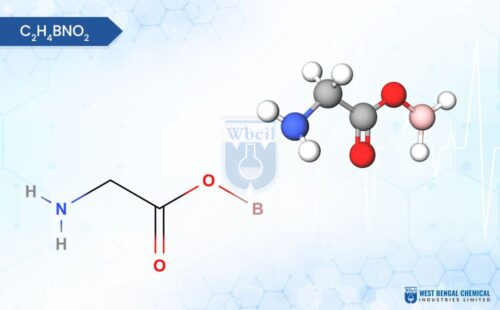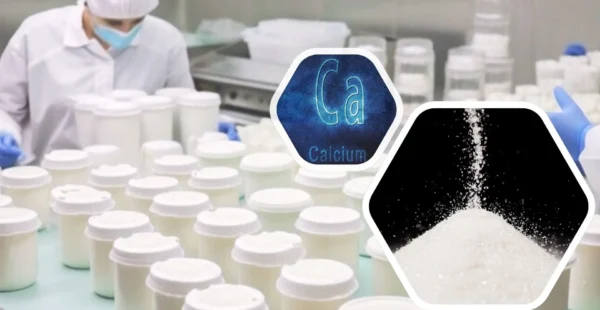-
Product Name:
Calcium Bisglycinate
-
Molecular Formula:
C4H8CaN2O4
-
Molecular Weight:
188.20 g/mol
-
CAS No.:
35947-07-0
-
HSN Code:
30049039
-
CID Code:
10130287
-
Shelf Life:
3 years - 20°C powder
-
ChemSpider ID
8305803
-
UNII No.
567R60Z85R
- USP
- IUPAC Names
- Synonyms
- MSDS
- Specification
USP of Calcium Bisglycinate
- Chelation process enhances the absorption and bioavailability of calcium in the body than other forms of calcium supplements.
- Calcium bisglycinate can be used as a source of calcium in various dietary supplements and fortified foods, including tablets, capsules, powders and liquid formulations.
IUPAC Names of Calcium Bisglycinate
calcium;2-aminoacetate
Synonyms of Calcium Bisglycinate
- Calcium glycinate
- CAS: 35947-07-0
- calcium bisglycinate
- Calcium glycinate (1:2)
- calcium;2-aminoacetate
- Glycine Calcium Salt (2:1)
- Calcium 2-aminoacetate
- calcium aminoacetate
- Calcium, Bis(Glycinato)-
MSDS of Calcium Bisglycinate
Download MSDS PDF- MSDS Name: Calcium Bis Glycinate
- Product Code: CBG2025
- Inhalation: Move exposed person to fresh air. If not breathing, seek immediate medical attention. If breathing is irregular or if respiratory arrest occurs, provide artificial respiration or oxygen by trained personnel and seek medical attention.
- Ingestion: Do not induce vomiting unless directed to do so by medical personnel. Never give anything by mouth to an unconscious person. Seek medical attention.
- Skin Contact: Remove contaminated clothing and shoes and immediately flush skin with plenty of water for at least 15 minutes. Wash clothing before reuse. Clean shoes thoroughly before reuse. If irritation persists, seek medical attention.
- Eye Contact: Check for and remove any contact lenses. Immediately flush eyes with plenty of water for at least 15 minutes, occasionally lifting the upper and lower eyelids. Seek immediate medical attention.
- Flammability of the Product: May be combustible at high temperature.
- Auto-Ignition Temperature: Not available.
- Flash Points: Not available.
- Flammable Limits: These products are carbon oxides (CO, CO2), nitrogen oxides (NO, NO2…). Some metallic oxides.
- Products of Combustion: Slightly flammable to flammable in presence of heat. Non-flammable in presence of shocks.
- Fire Hazards in Presence of Various Substances: Slightly explosive in presence of open flames and sparks. Non-explosive in presence of shocks.
- Fire Fighting Media and Instructions:
SMALL FIRE: Use DRY chemical powder.
LARGE FIRE: Use water spray, fog or foam. Do not use water jet. - Special Remarks on Fire Hazards: Fire is possible at elevated temperatures.
- Special Remarks on Explosion Hazards: Fine dust dispersed in air in sufficient concentrations, and in the presences of an ignition source is a potential dust explosion hazard.
- Engineering Controls: Use process enclosures, local exhaust ventilation, or other engineering controls to keep airborne levels below recommended exposure limits. If user operations generate dust, fume or mist, use ventilation to keep exposure to airborne contaminants below the exposure limit.
- Personal Protection: Safety glasses. Lab coat. Dust respirator. Be sure to use an approved/certified respirator or equivalent. Gloves.
- Personal Protection in Case of a Large Spill: Splash goggles. Full suit. Dust respirator. Boots. Gloves. A self-contained breathing apparatus should be used to avoid inhalation of the product. Suggested protective clothing might not be sufficient; consult a specialist BEFORE handling this product.
- Exposure Limits: Not available.
- Appearance Form: Free flowing powder
- Color: White to off-white
- Odour: No data available
- pH: 6.0 – 9.0
- Melting point/freezing point: No data available
- Initial boiling point and boiling range: No data available
- Sublimation Temperature: No data available
- Density: No data available
- Vapour pressure: No data available
- Vapour density: No data available
- Refractive Index: No data available
- Water solubility: No data available
- Decomposition temperature: No data available
- Viscosity: No data available
- https://whmis.org/sds/
- https://www.osha.gov/sites/default/files/publications/OSHA3514.pdf
- https://reachonline.eu/reach/en/annex-ii.html
- https://www.cdc.gov/niosh/npg/
- https://pubchem.ncbi.nlm.nih.gov/compound/Calcium-Glycinate
- https://echa.europa.eu/da/registration-dossier/-/registered-dossier/27721/4/9

Description of Calcium Bisglycinate
Molecular Formula: Ca(COOCH2NH2)2; Molecular weight (Mw): 188.11 Dalton. Calcium bisglycinate, also known as calcium bisglycinate chelate or calcium glycinate, is a form of calcium supplement that is often used to improve calcium intake and address calcium deficiency in the body. It is a chelated form of calcium, meaning that the calcium ions are bonded to glycine molecules, an amino acid.
Calcium Bisglycinate Uses
- Calcium supplementation: Calcium bisglycinate is used to treat and prevent calcium deficiency, which can lead to various health problems, including osteoporosis and weak bones.
- Osteoporosis treatment: It is often used in combination with vitamin D to treat osteoporosis, a condition characterized by weak and brittle bones.
- Nerve function: Calcium is essential for proper nerve function, and calcium bisglycinate can help to improve nerve health
- Pregnancy and Postpartum: Calcium bisglycinate’s high bioavailability and gentle nature make it a suitable choice for pregnant and postpartum women, who often require increased calcium intake.
- Food fortification: Calcium bisglycinate is added to various foods, such as cereals, juices, and dairy products, to increase their calcium content.
- Dietary supplements: It is a popular ingredient in dietary supplements, including multivitamins and calcium supplements.
- Animal feed: Calcium bisglycinate is added to animal feed to improve bone health and growth in livestock.
- Plant nutrition: It can be used as a calcium source for plants, particularly in hydroponic systems.
Calcium bisglycinate is used in some skincare products to improve skin health and reduce the appearance of wrinkles
It is used in some hair care products to strengthen hair and prevent hair loss.
Some companies are positioning calcium bisglycinate as a beneficial supplement for athletes, highlighting its role in muscle function, nerve health, and overall athletic performance.












